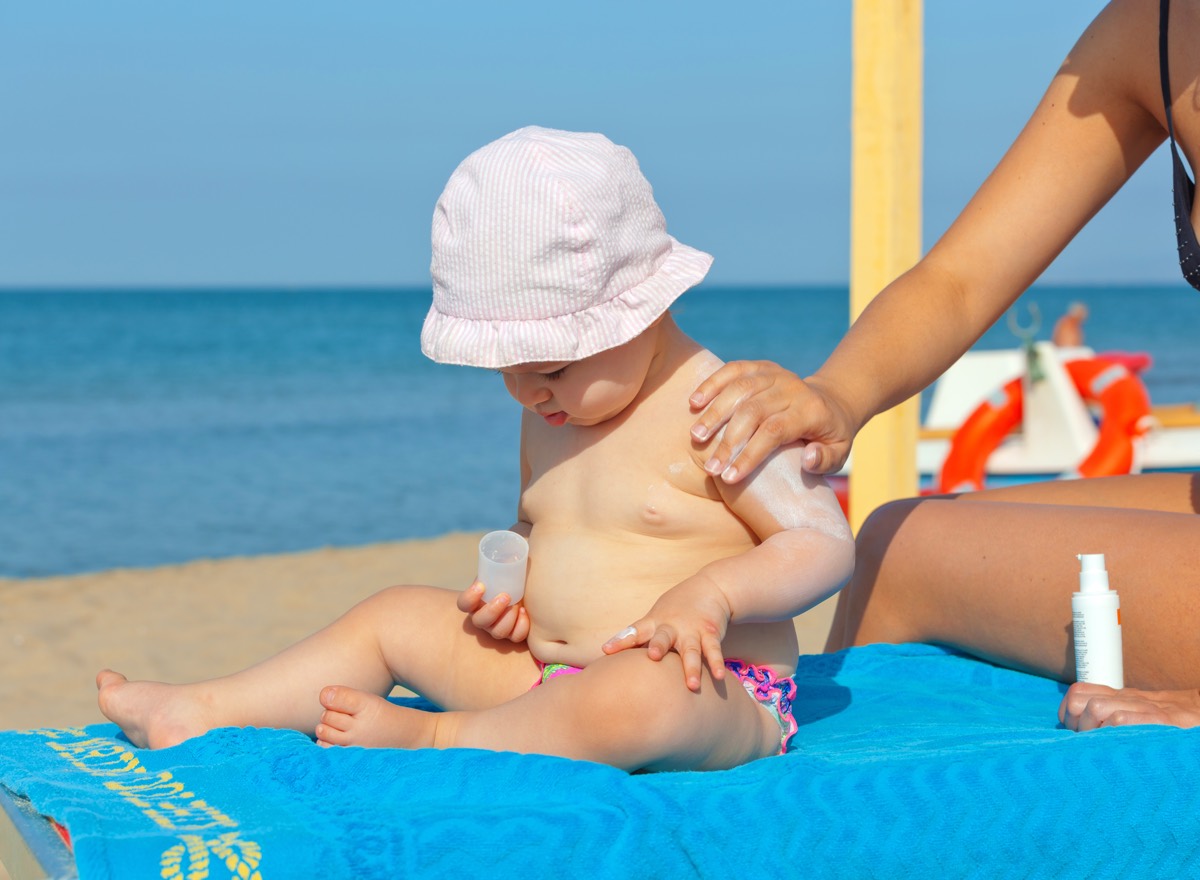Many Sunscreens Sold in US Offer Suboptimal Protection, According to New Report

Sunscreen is a must-have for summer, but be advised: About two-thirds of sunscreens available in the U.S. offer suboptimal protection or contain ingredients that may harm your health, according to a new report.
For the report, scientists with the Environmental Working Group (EWG) reviewed 1,300 sunscreen products, including beach and sports sunscreens as well as daily moisturizers and lip balms, for the group's annual Guide to Sunscreens, released today (May 22). EWG is a nonprofit advocacy organization in Washington, D.C., that focuses on environmental issues and public health.
The researchers ranked sunscreens based on several criteria, including whether ingredients listed in the products are linked with health hazards and how well the products work to block ultraviolet A (UVA) and ultraviolet B (UVB) rays, both of which can damage the skin and cause skin cancer.
As in prior years, EWG found that most sunscreens weren't up to par: Only about 34 percent of the products reviewed met EWG's strict standards. [5 Things You Didn't Know About Sunscreen]
The report authors note that earlier this year, the Food and Drug Administration (FDA) proposed sweeping changes to its sunscreen regulations aimed at improving the safety and effectiveness of the products. For example, the FDA called for additional evidence on the safety of a dozen common sunscreen ingredients for which safety testing is surprisingly lacking.
Many of the FDA's proposed changes are in line with EWG's recommendations. However, these changes won't apply to sunscreens on the shelves this summer, the report said.
Still, the proposed changes are good news, EWG said. "It's long past time that the chemicals used in sunscreens were tested to show that they will not harm our health," Nneka Leiba, director of EWG's Healthy Living Science program, said in a statement.
Sign up for the Live Science daily newsletter now
Get the world’s most fascinating discoveries delivered straight to your inbox.
Safety questions
As part of the FDA's proposal, the agency asked the sunscreen industry for additional evidence on the safety of 12 common sunscreen ingredients. EWG found that these 12 ingredients were used in more than 50 percent of the sunscreens reviewed for this year's guide.
EWG is particularly concerned about a sunscreen chemical called oxybenzone, and the organization doesn't recommend sunscreens with this ingredient. This chemical may act as a hormone disruptor in humans and has been found to damage coral reefs. An FDA study published earlier this month also found that oxybenzone and at least three other common sunscreen chemicals can leach into people's blood rather quickly and reach levels high enough to warrant further testing on the substances' safety.
In terms of recommended ingredients, there are two sunscreen ingredients that the FDA does consider safe and effective: Zinc oxide and titanium dioxide. These are the same two ingredients that EWG recommends for sunscreens, the report said.
Avoid sprays
The FDA also proposed that all spray and powdered sunscreens undergo testing to make sure that these forms of application don't cause sunscreen ingredients to be inhaled deep into the lungs.
EWG is also concerned about this inhalation risk, and says that spray and powdered sunscreens may also not provide a thick enough coating on the skin to be protective. Right now, the group does not recommend any spray or powdered sunscreens.
EWG also recommends that people avoid sunscreens with an SPF, or sunburn protection factor, above 50. High SPF values don't necessarily mean better protection and may give consumers a false sense of security about how long they can stay in the sun without reapplying sunscreen, the group said.
And although wearing sunscreen is important, it's only one of the recommended ways to protect yourself from the sun. People should also cover up with clothing, wear hats and sunglasses, try to stay in the shade, and avoid spending too much time in the midday sun, when its rays are most intense, EWG said.
- 7 Common Summer Health Concerns
- 5 Things You Must Know About Skin Cancer
- 10 Do's and Don'ts to Reduce Your Risk of Cancer
Originally published on Live Science.

Rachael is a Live Science contributor, and was a former channel editor and senior writer for Live Science between 2010 and 2022. She has a master's degree in journalism from New York University's Science, Health and Environmental Reporting Program. She also holds a B.S. in molecular biology and an M.S. in biology from the University of California, San Diego. Her work has appeared in Scienceline, The Washington Post and Scientific American.









